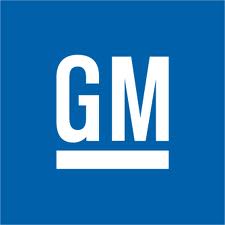 General Motors has announced plans to reduce its pension obligations by offering lump sum payments to thousands of white-collar retirees. Legal changes that went into effect this year provides a way for companies to offer lump-sum payments to their retirees as long as the payment has an equivalent economic value to the stream of monthly pensions being replaced. The only people that would be affected by the changes are those that have already been retired from the company.
General Motors has announced plans to reduce its pension obligations by offering lump sum payments to thousands of white-collar retirees. Legal changes that went into effect this year provides a way for companies to offer lump-sum payments to their retirees as long as the payment has an equivalent economic value to the stream of monthly pensions being replaced. The only people that would be affected by the changes are those that have already been retired from the company.
The money from the lump sum payment will be taxed at the appropriate rate, which will depend on how the money is disbursed. The money would not have to be rolled over into another retirement account. G.M. has made plans to provide the retirees that take the lump sum payment option with extensive financial counseling to help them make the right choices so that the money will last through their retirement years.
For the retirees that decide not to take the lump sum payout, their pension obligations would be handled by Prudential Insurance, who G.M. plans to pay to take over the pension payments. Prudential’s head of pension and structured solutions Philip Waldeck called the plan “a breakthrough transaction” and said. “I think over time, others will follow.”
The automaker is seeking to reduce retiree-related costs. The changes would eliminate nearly 20% of the automaker’s pension obligations reducing G.M.’s total obligations by $26 billion. These obligations currently total $134 billion. G.M. pension obligations are the highest in the nation.
The changes are intended to increase the company’s appeal to investors. G.M.’s chief financial officer Dan Ammann said, “Clearly pensions have continued to be a significant issue for General Motors. It is important for us to mitigate the growth of these obligations.” Some companies have pension plans so large they overshadow the operating business. This can cause unpredictable fluctuations in the company’s cash flow and weaken investor confidence.
